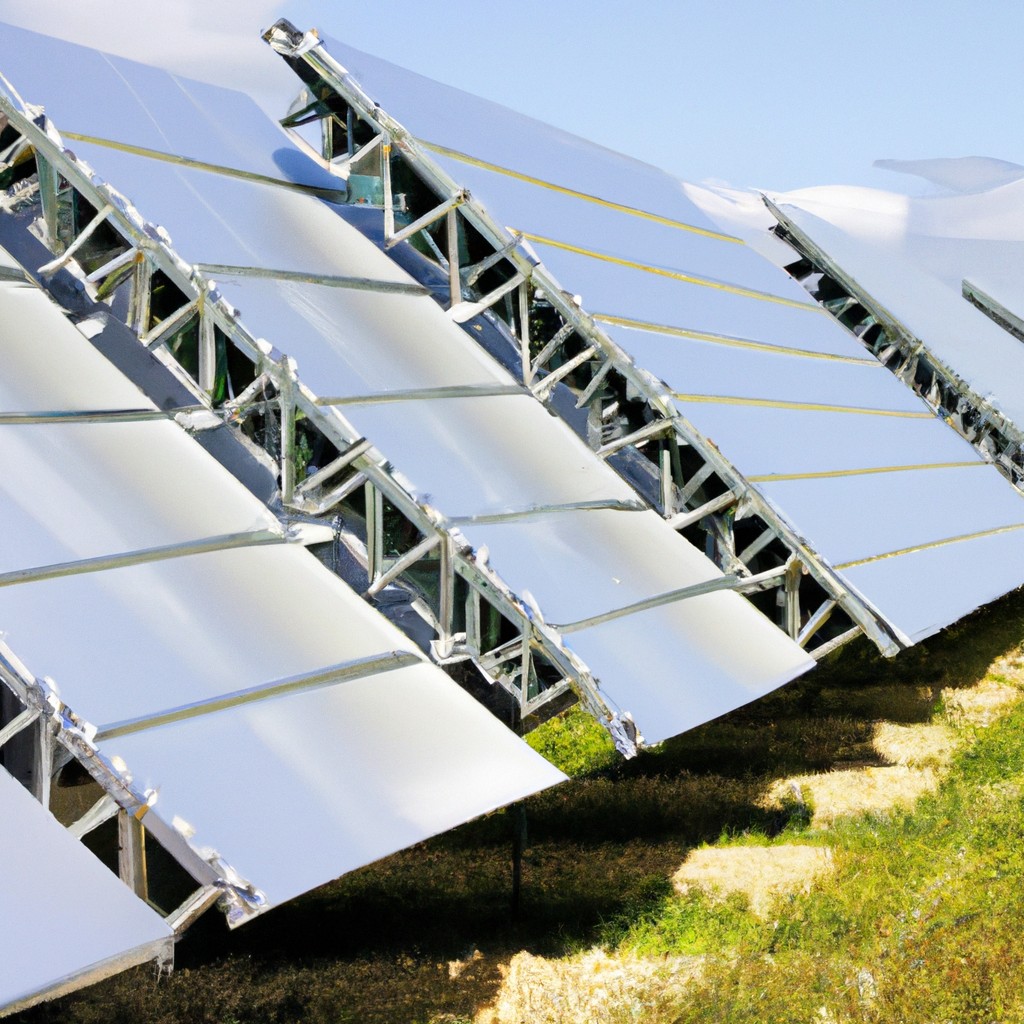This article explains what solar tubes are and how they benefit natural lighting in homes.
Key takeaways:
- Solar tubes are designed to channel natural light into buildings.
- They are smaller and less invasive than traditional skylights.
- Installation process is straightforward and causes minimal disruption.
- Solar tubes are more cost-effective and energy-efficient compared to skylights.
- They provide enhanced natural light distribution and UV protection.
Definition of Solar Tubes

Solar tubes, also known as light tubes or sun tunnels, are designed to channel natural light from the outdoors into the interiors of a building. These devices consist of a rooftop dome which captures sunlight and directs it through a reflective tube. This tube funnels the light into a diffuser in the ceiling, brightly illuminating the space below.
The diameter of these tubes typically ranges from 10 to 22 inches, making them smaller and less invasive than traditional skylights. They are particularly beneficial in spaces without direct roof access or where additional lighting is needed without significant structural changes.
This solution provides a green alternative by maximizing daylight, thus reducing the reliance on electric lighting during the day. Their innovative use of reflective materials ensures that even areas far from the roof can receive significant amounts of natural light.
Installation Process for Solar Tubes
Installing solar tubes is a straightforward process that typically involves a few key steps. First, a professional will identify the optimal location on your roof to maximize light capture. They’ll then cut a hole in the roof to accommodate the tube.
The tube itself, which is coated with highly reflective material, is inserted through the hole and extends down from the roof to the ceiling of the room below. On the roof, a weather-proof dome caps the tube, protecting the interior from the elements and enhancing light capture.
Inside the house, the tube ends with a diffuser that fits seamlessly into the ceiling, appearing much like a conventional light fixture. This diffuser evenly disperses natural light throughout the room, eliminating glare and hot spots.
The entire installation typically takes a few hours, causing minimal disruption to your home. Professionals ensure that the seal is watertight and the interior finish matches your room’s aesthetic. This way, you get the luminous benefits without any inconvenience or eyesores.
Cost Analysis: Solar Tubes Vs. Traditional Skylights
Solar tubes are generally more affordable than traditional skylights. The installation process for solar tubes involves less structural modification, which significantly reduces labor and material costs. On average, a solar tube installation might cost between $500 and $1,000, whereas fitting a skylight can range from $2,000 to $5,000 based on the complexity and roof type.
Another factor that influences cost-effectiveness is energy efficiency. Solar tubes are designed to minimize heat loss in winter and prevent excessive heat gain in summer, potentially lowering heating and cooling expenses in a home. This contrasts with traditional skylights, which often require additional expenses for blinds or shades to manage heat and light intake.
Lastly, maintenance costs for solar tubes are lower compared to skylights due to their durable, sealed design. This durability prevents issues common in skylights, such as leaks or condensation, which can lead to costly repairs over time.
Benefits of Solar Tubes Over Skylights
Solar tubes not only brighten your space but also offer several advantages over traditional skylights. For starters, their compact size means they fit easily into areas where skylights cannot, such as hallways and bathrooms. This flexibility allows for enhanced natural light distribution throughout smaller or more segmented home layouts.
They are also more energy-efficient. The design minimizes heat gain and loss, helping to keep indoor temperatures more stable and reduce reliance on heating and cooling systems. This can lead to significant savings on energy bills.
Installation is quicker and less invasive. Unlike skylights, which often require substantial structural modifications, solar tubes can be installed in a few hours with minimal disruption to your home. This ease of installation also makes them a cost-effective option since labor and construction expenses are lower.
Furthermore, solar tubes provide enhanced UV protection. The materials used in their construction filter out harmful UV rays, protecting your furniture and floorings from sun damage and fading, which is a common issue with direct sunlight exposure through skylights.
Each of these points underlines how solar tubes could be a smart decision for homeowners looking to enhance their space with natural light while maintaining efficiency and minimizing disruptions.
Common Questions About Solar Tubes
Are solar tubes difficult to install? Not at all! Most homeowners find that they can be installed in just a couple of hours by a professional, without major structural changes.
Do solar tubes work at night? No, solar tubes don’t provide light at night as they rely on daylight. However, some models can be fitted with integrated electric lights to serve as a light source when it’s dark.
What is the lifespan of a solar tube? Typically, solar tubes are built to last and can provide natural light for about 20 years or more with minimal maintenance.
Can they be installed in any area of a house? Solar tubes are versatile but work best in rooms with direct roof access. They might not be suitable for rooms in the middle of a house without direct roof exposure.
These are just a few queries homeowners often ponder when considering this innovative lighting option.
Also Read:
- Bifacial Solar Panels: Benefits, Installation Tips, and Cost Analysis
- Concentrated Solar Power: Benefits, Technology, and Impact
- Solar Shades for Windows: Choosing the Best for Your Home
- How Heavy Are Solar Panels: Understanding the Weight for Installation
- What Are Solar Nails: Benefits and Differences from Gel & Acrylic Nails